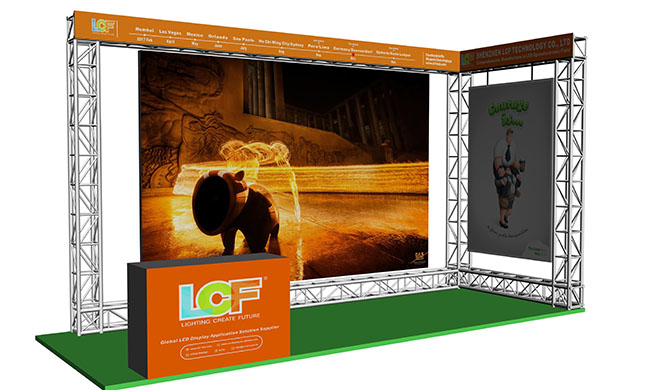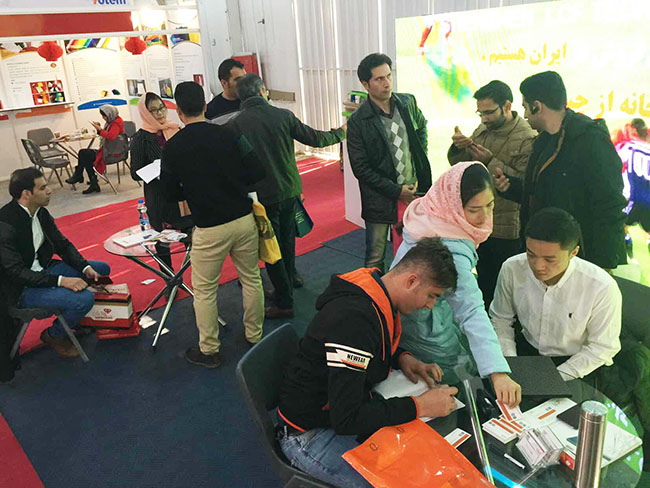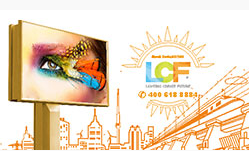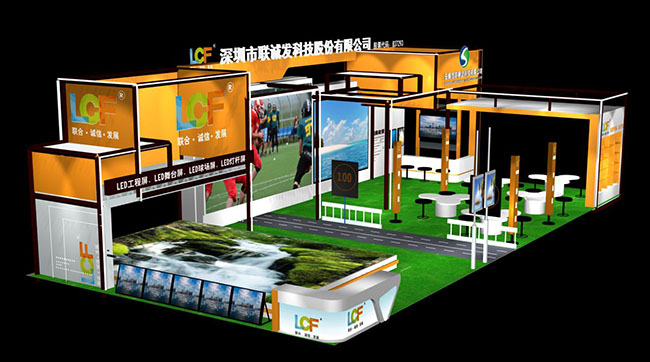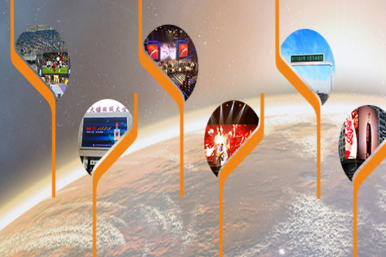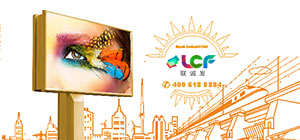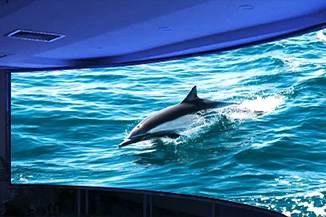Publisher: Supplier of LED Display Time: 2017-03-04 09:47 Views: 4524
What are the specifications of the stage LED color screen, and what are the differences from the conventional LED display? We all know that the stage LED color screen is mainly to set off the main screen effect and create a stage atmosphere. It is simpler than the conventional LED display, so what are the specifications of the stage LED color screen and what are the differences from the conventional LED display?
LED color screen dot spacing is generally relatively large, viewing distance is relatively long, used in large-area display effect, low cost is an advantage, mainly used for indoor and outdoor concerts as backgrounds, building curtain walls, advertising screens, nightclubs, dance halls Wait. For stage LED color screen specifications, the LED grid screens of P12, P16, P20 are commonly used outdoors, and P6, P7.62 is commonly used indoors. The Lianchengfa P12.5 high-definition color screen, which is more popular on the market, has the advantages of larger viewing angle and higher definition than the conventional grid screen. In addition to considering the model and cost budget, you must also choose according to your use environment.
The difference between stage LED color screen and conventional LED display is as follows:
1. Modular design makes it easier to install and maintain.
2. The all-aluminum structural module, the weight is only about 30% of the conventional LED display.
3. Transparent design, good ventilation and lighting, and low wind resistance.
4. It is more suitable for making super large area LED display.
5. Fast installation and high cost performance.
6. The LED screen body is made into a vertical strip or a grid, and the size can be adjusted arbitrarily.
7. Easy production, maintenance, good heat dissipation and high stability.
With the development of the stage business, the development prospects of LED color screens are broad, and they are developing in the direction of higher luminous density, higher luminous uniformity, reliability, and full color.
